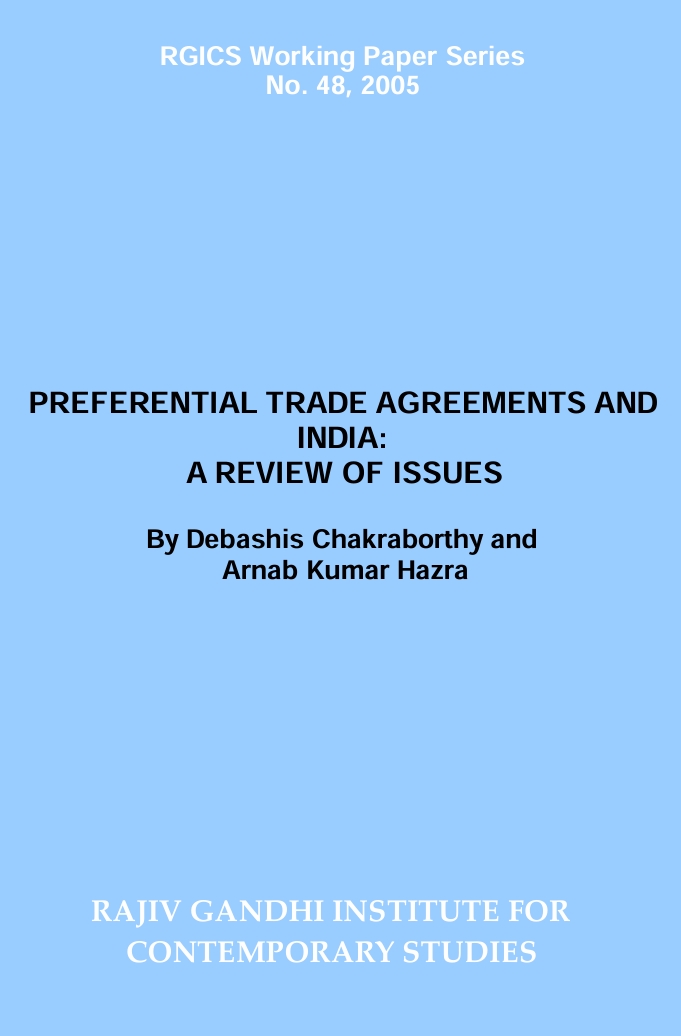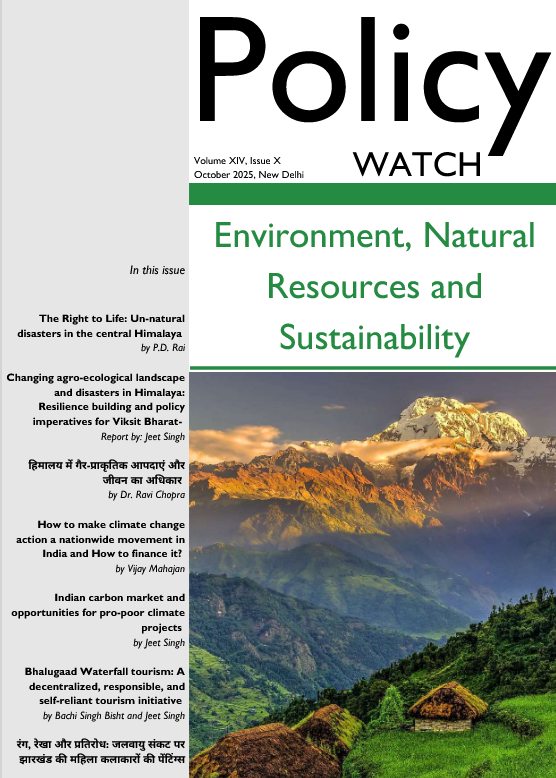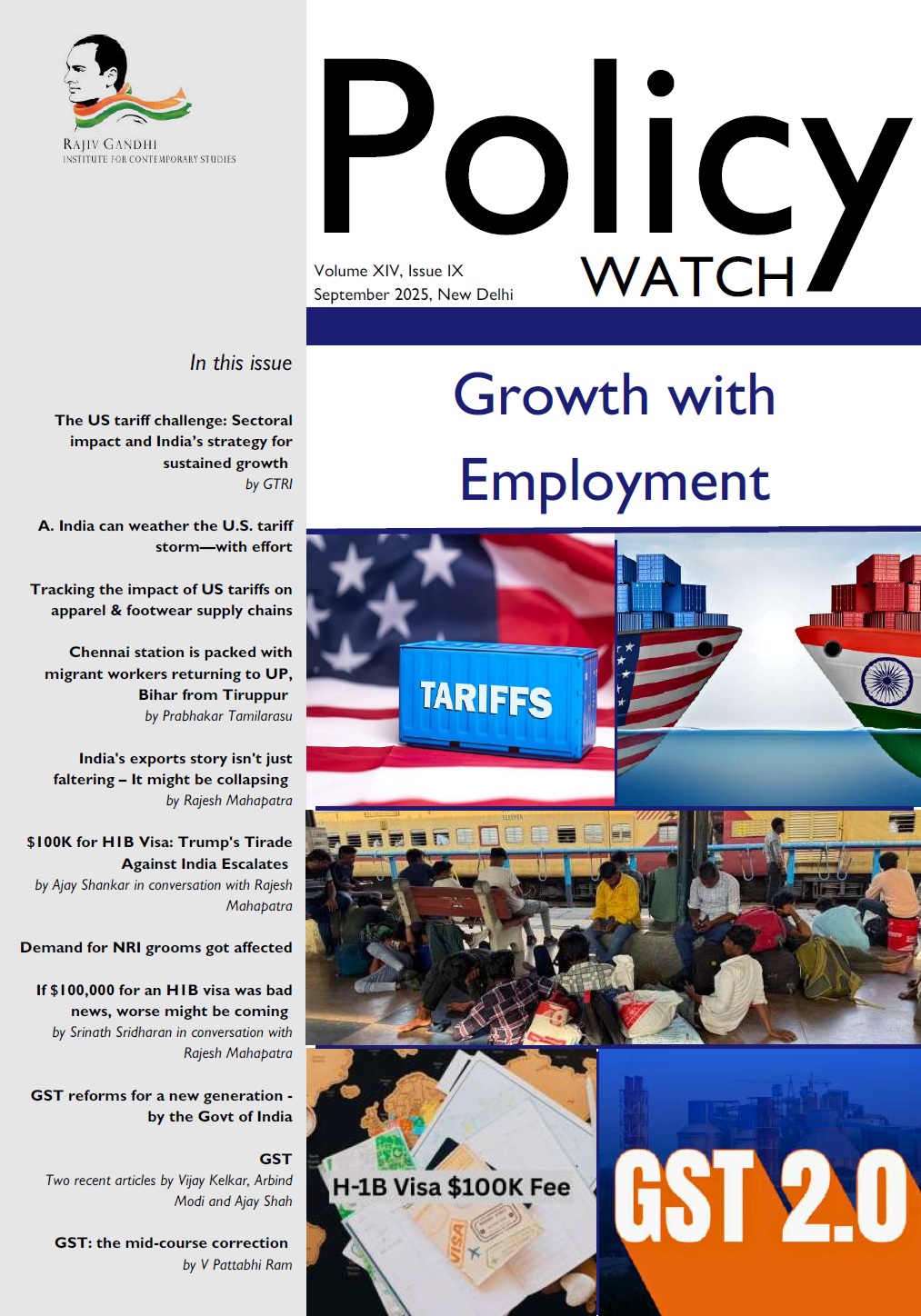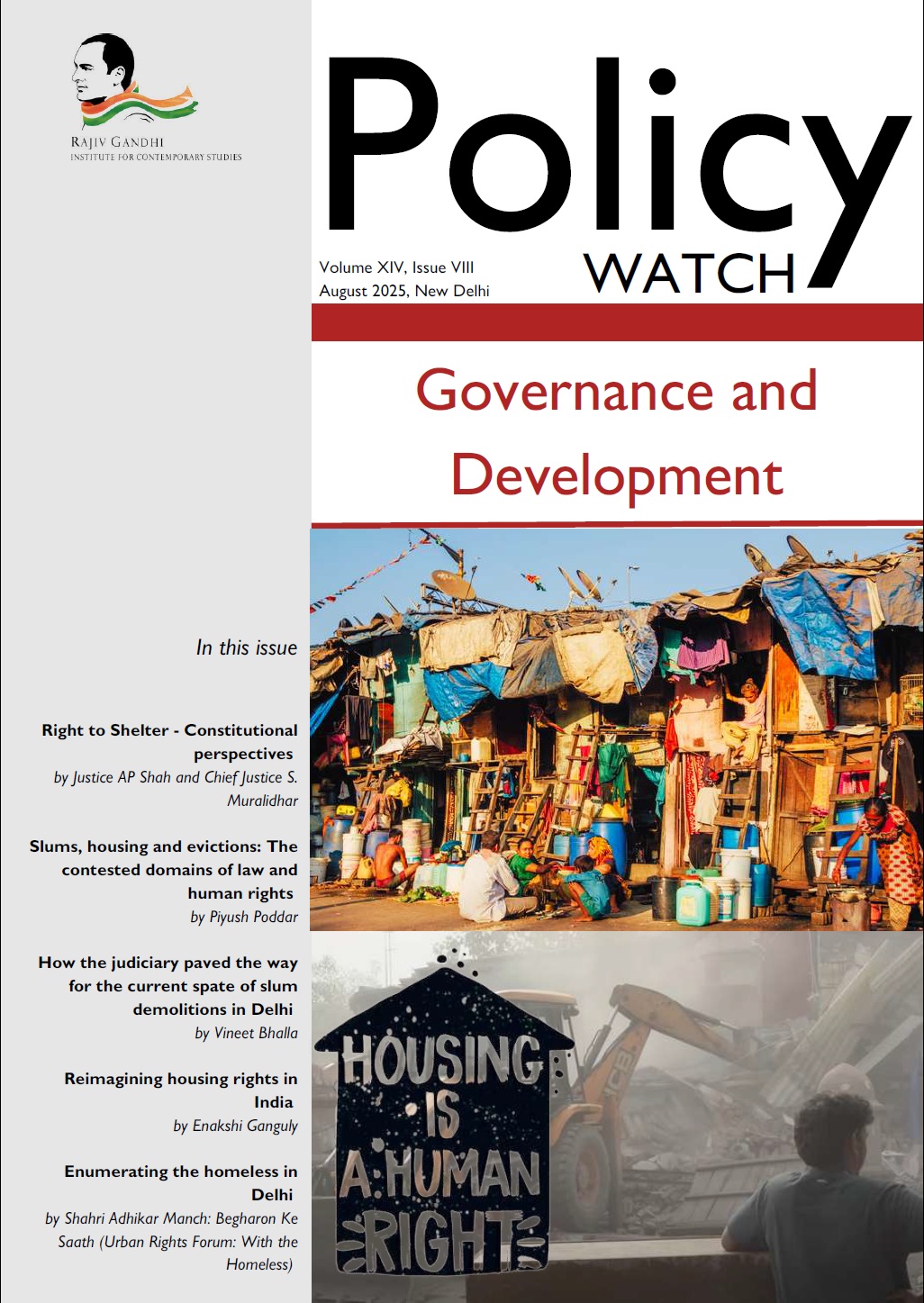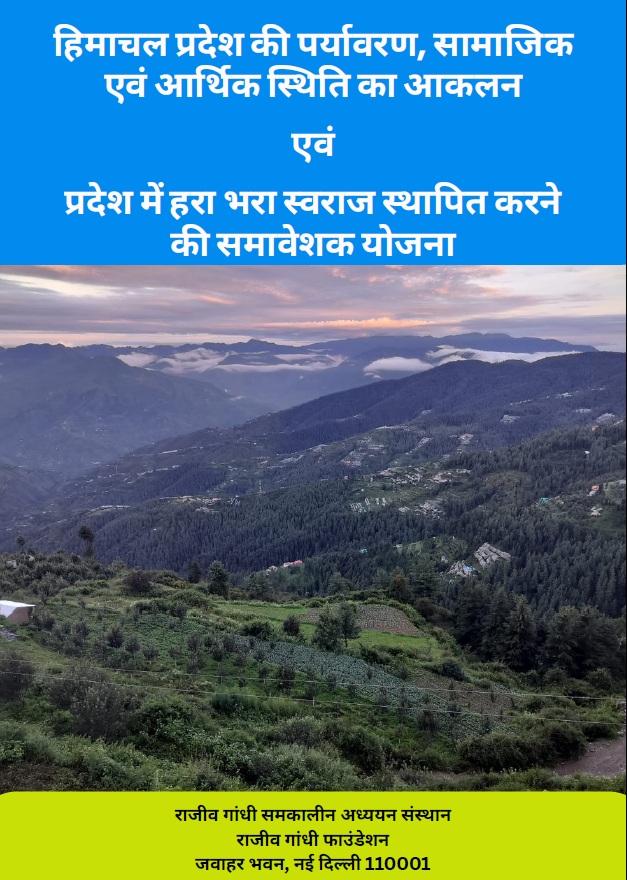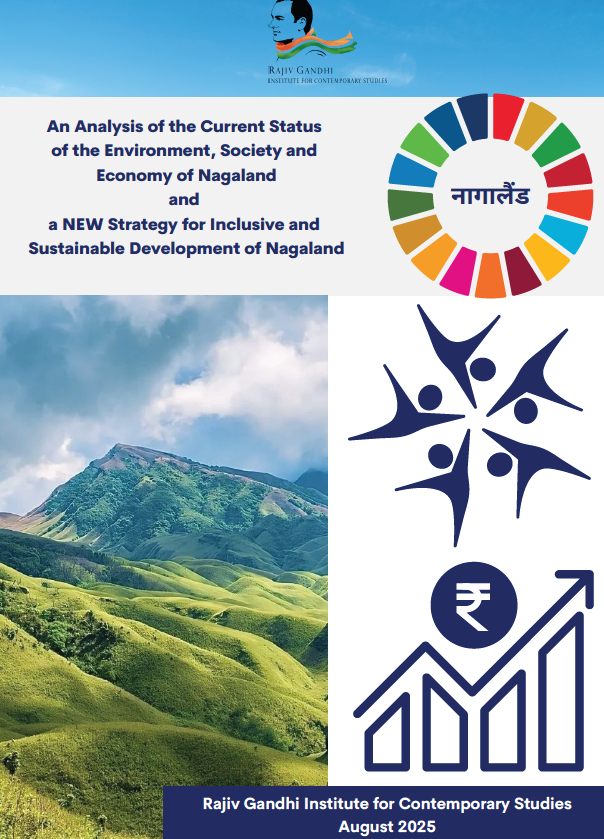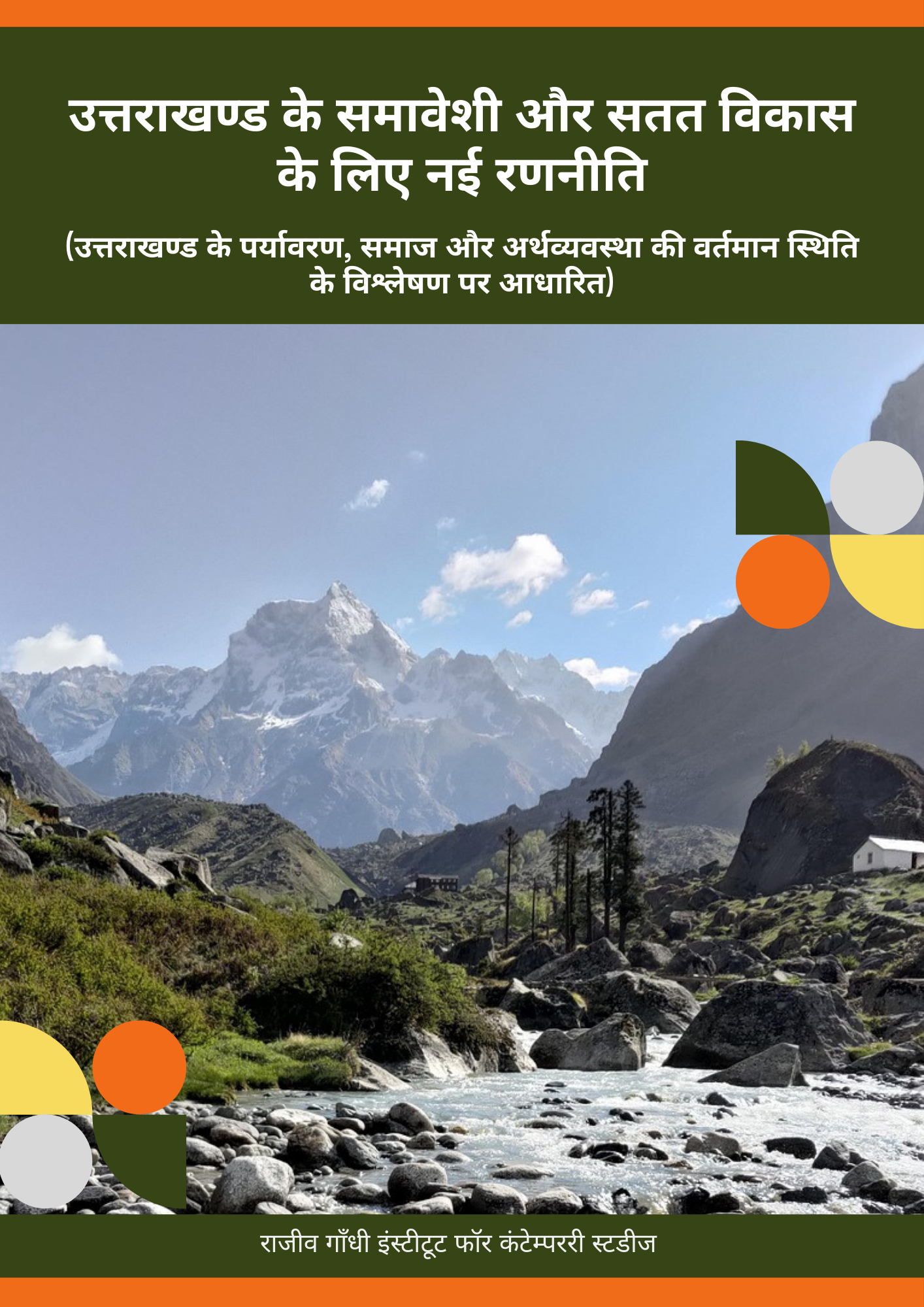India has increasingly turned to Preferential Trade Agreements (PTAs) and Regional Trade Agreements (RTAs) to expand its economic reach, moving away from its earlier reliance on WTO-led multilateral trade liberalization. These agreements help reduce tariffs, open new markets, and boost regional cooperation, but they also bring challenges like complex regulations, trade imbalances, and difficulties for local industries. India’s participation in agreements like SAFTA (South Asian Free Trade Area), BIMSTEC, and the ASEAN-India FTA reflects its ambition to integrate with global markets while still protecting domestic businesses. However, finding the right balance between trade openness and safeguarding local industries remains a pressing concern.
Over the years, India has actively pursued trade partnerships with developing economies across Asia, Africa, and Latin America to increase exports, attract investments, and create stronger economic ties. Agreements like the India-Sri Lanka Free Trade Agreement, the Bangkok Agreement, and trade pacts with MERCOSUR and ASEAN demonstrate India’s efforts to strengthen trade links while maintaining flexibility. Unlike Customs Unions, where all members follow the same trade policies, India prefers FTAs and PTAs, which allow it to negotiate specific terms while keeping some control over trade policies.
While these agreements have opened doors for Indian businesses, they also come with challenges. Many agreements include strict rules of origin, making it harder for exporters to qualify for benefits. Additionally, overlapping trade deals and protectionist policies from partner countries sometimes limit the expected advantages. To truly benefit, India needs to simplify trade regulations, strengthen negotiations, and make it easier for businesses to navigate these agreements.
India’s trade agreements can be a powerful tool for economic growth, but only if they are well-structured. By supporting domestic industries, focusing on high-value exports, and building strong diplomatic and economic partnerships, India can reduce trade barriers, attract investment, and strengthen its position in the global economy.
Keywords: Preferential Trade Agreements (PTAs), Regional Trade Agreements (RTAs), India’s Trade Policy, Free Trade Agreements (FTAs), Customs Union, Market Access, Tariff Reduction, Multilateral Trade, Economic Integration, Trade Barriers
Preferential Trade Agreements and India: A Review of Issues
Send download link to:

